What the Future of Work Means for Your Organisation
Not that long ago I had a serious accident that left me lying on my back for five months. Some of my visitors would say, “how terribly unlucky you were”, others would add “thank goodness you’re going to be ok, and wow what a luxury – five months with nothing to do but think!”.
It got me thinking (yes thinking!) about how your response to a situation is everything. Our response to the future landscape of work is not that much different. Much has been written of the impact of Artificial Intelligence,3D printing, Robotics, Nanotechnology and other socio-economic factors on work in the future. So what is your response?
Are you a person who focuses on the loss of 5 million jobs by 2020 or do you focus on the 2.1 million jobs that will be created as a result of these very advances.
Do you focus on the fact that in the future most businesses will face major recruitment challenges and talent shortages, that there is a forecast of mass unemployment and growing inequality? Or do you focus on what we need to do now to prepare ourselves, our people and our organisations for this future which is waiting at our doorstep.
Our response is critical to how we plan and how we frame the questions needed to prepare for this new future.
It isn’t enough to rely on the education system to provide us with a workforce that has the skills and attitudes that will be required. Even if we had faith in our education system and agreement that this is their role, to do nothing but wait for these “young ones” to make their way into the workforce is not enough. We can’t abandon our current workforce, who still have decades of work ahead of them. We have a responsibility to ensure we are growing and preparing our current workforce to meet whatever our future workplace requirements are.
Over the next series of articles I will discuss the different aspects of planning we need to take. In this first one I merely want to address culture as this is the foundation of any organisation as it prepares for the future. We know we want engaged people in our organisation, people who feel safe enough to try new things, people who will challenge current perceptions, have a strong work ethic and who are agile and adaptable to the inevitable changes we face. What does this mean for our culture?
First what is “Culture”? It is the attitude, mindsets and beliefs that dictate how individuals behave within an organisation. A culture is usually defined by a set of Values which often are described as “how we do things around here” – the problem is that frequently this isn’t the reality. Values are often housed in the HR area of the business and seen by the rest of the organisation as those “soft, fluffy things” that don’t really matter.
For Values to truly work they need to be embedded in business success with clear statements on what they mean; why they are important to the business and what practices you will see if people are demonstrating them. Let’s be clear on what we mean by “business success”. I would suggest that business success is a holistic concept that encompasses contribution to the community or social responsibility, protection of the planet as well as profit. We need to be clear on our organisations’ “why”[1] or purpose and clearly articulate this, aligning it with our Values.
Having worked in this field for thirty years, I often find organisations have not given sufficient thought to aligning their culture with their organisation’s strategy and performance. Do your systems, your structure, your people’s capabilities, and messaging (both formal and informal communications) reinforce and support the explicit values you have stated as being your culture.
So what does this mean for preparing our organisations for the future of work?
If we want innovation, engagement, collaboration and agility in our workplaces we need to create workplace environments where:
- we are explicit and clear on how we nourish our people and our communities;
- our structures, and the use of technology, facilitate and enhance opportunities for collaboration;
- our systems reward and recognise the collaborative effort and the development and use of skills that enhance human interactions such as listening, empathy and compassion;
- our leaders support our people to reframe the questions and challenge the status quo;
- we look at the needs of our inter-generational workforce and provide flexibility to meet those needs;
- our messaging internally is aligned with our brand and messaging externally, bringing an authenticity to our workplaces; and
- perhaps above all else, we view the unknown future with optimism and hope.
Five months of thinking time certainly got me thinking!
